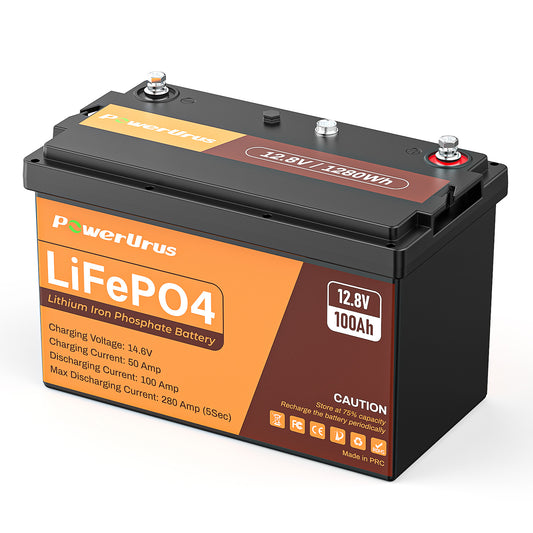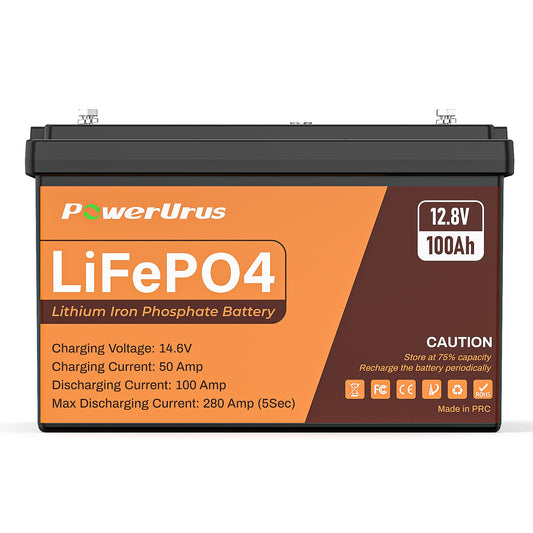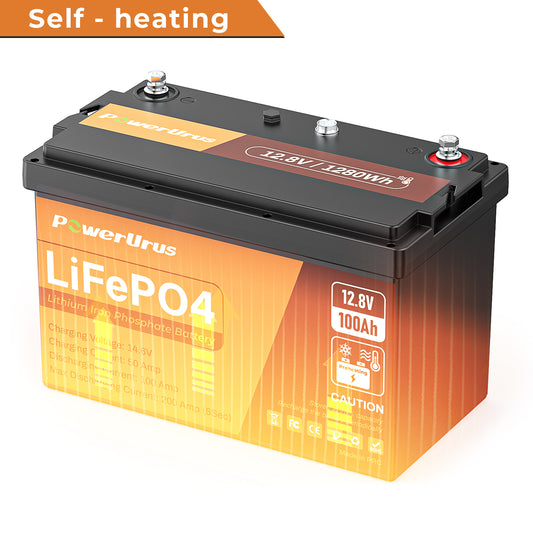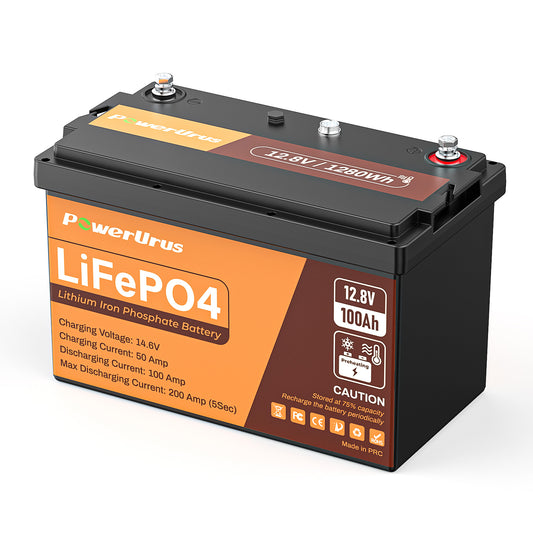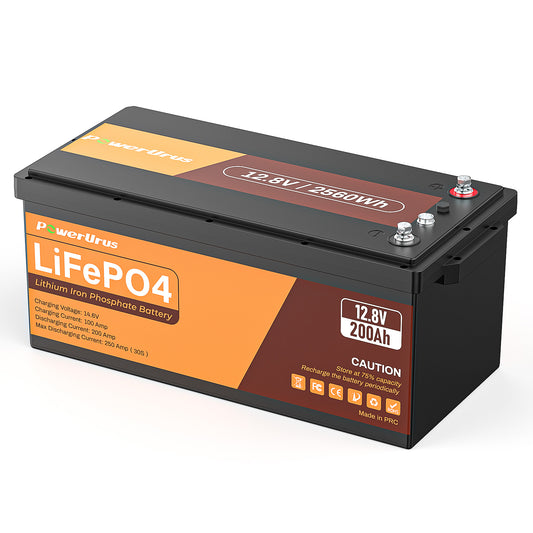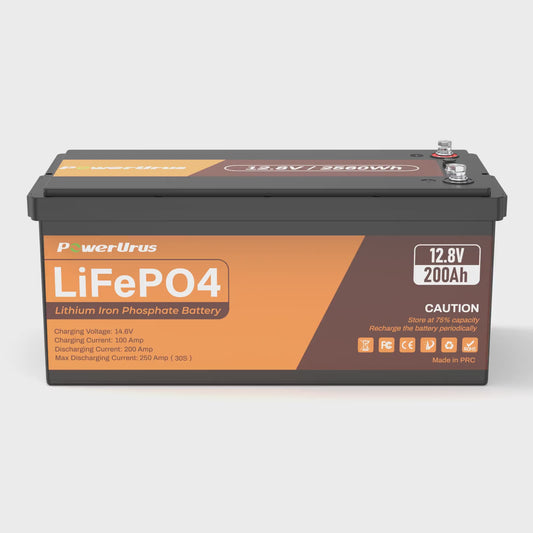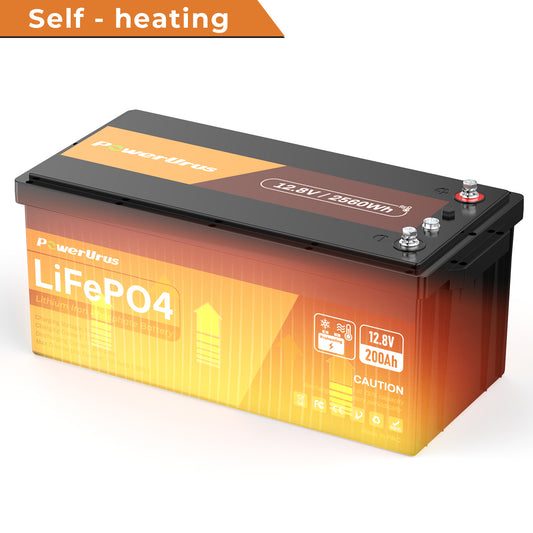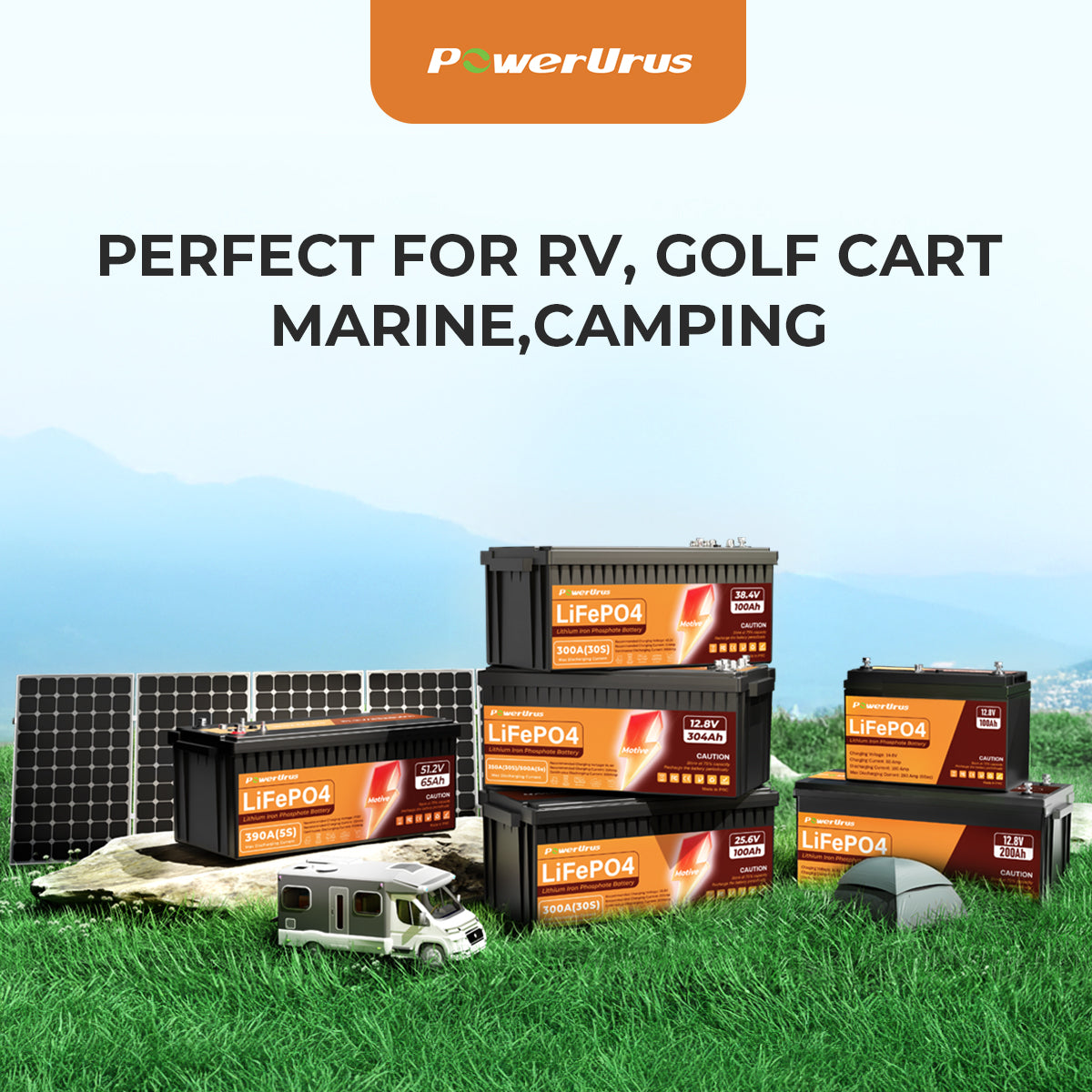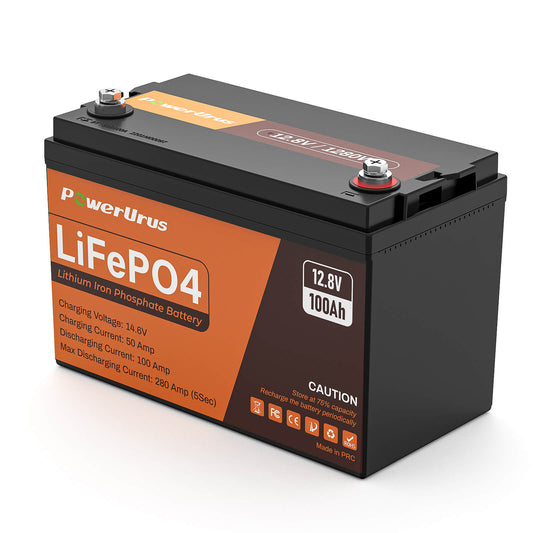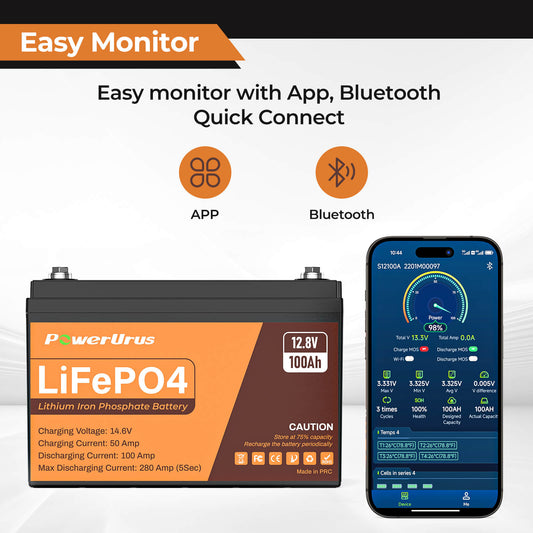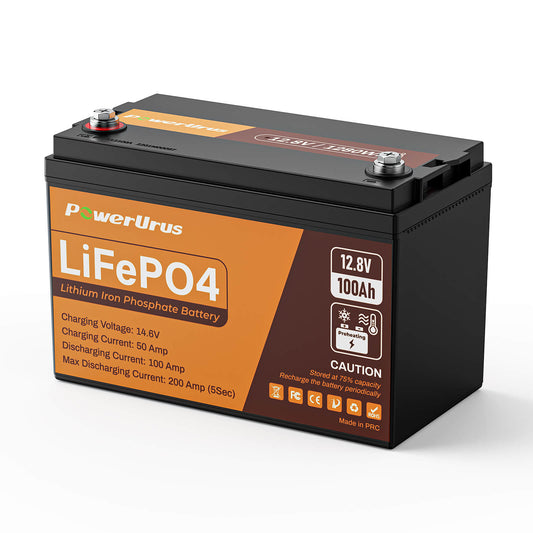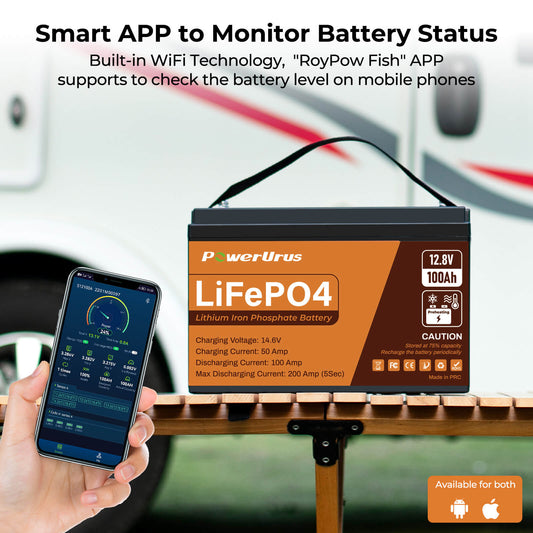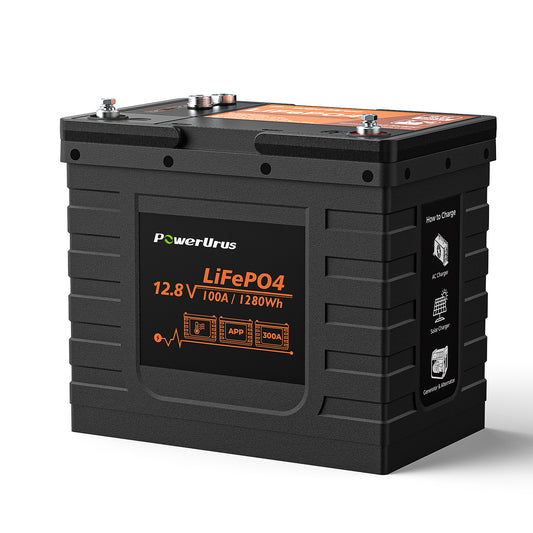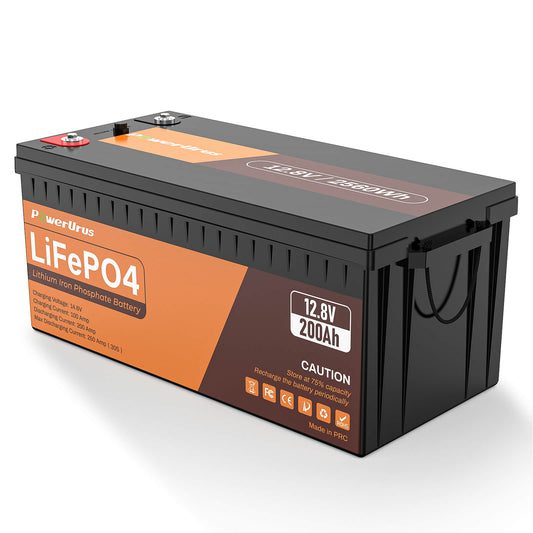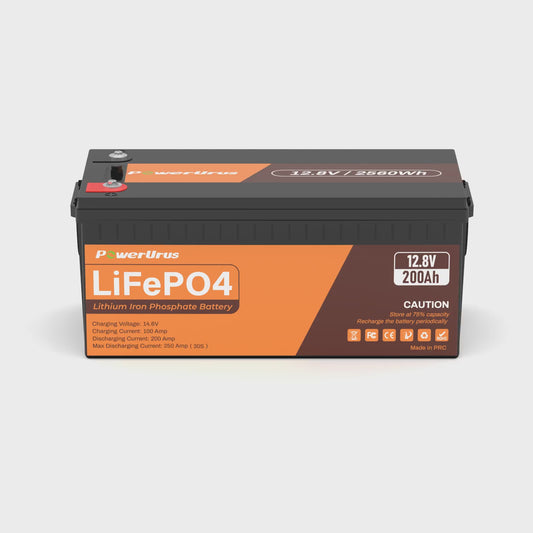From Fishing Boats to Yachts: A Practical Guide to LiFePO4 Battery Applications in 5 Types of Vessels
Lithium iron phosphate (LiFePO4) batteries, renowned for their safety, longevity, and eco-friendliness, are rapidly replacing traditional lead-acid batteries as the power core for modern marine applications. From small fishing boats to luxury yachts, LiFePO4 batteries deliver unmatched performance across diverse maritime scenarios. Here’s a detailed guide to their critical roles and configuration tips for five vessel types.
1. Fishing Boats: High-Intensity Trolling and Refrigeration
Requirements: Fishing boats demand reliable power for trolling motors, fish finders, and refrigeration systems, often operating in rough, humid conditions.
LiFePO4 Solution:
Opt for 24V or 36V high-capacity LiFePO4 battery banks (e.g., 200Ah) to support all-day trolling motor operation.
Use IP67-rated battery enclosures to resist seawater splashes and salt corrosion.
Dedicate a separate battery bank for refrigeration to avoid power competition with motors.
Advantages: 60% lighter than lead-acid batteries, reducing fuel consumption, and supporting deep-cycle discharge (80% DoD) for extended operation.
2. Yachts: Balancing Comfort and Range
Requirements: Yachts require silent, emission-free power for air conditioning, galley appliances, navigation systems, and entertainment.
LiFePO4 Solution:
Install modular battery systems (e.g., 48V 300Ah) to power high-wattage inverters.
Integrate solar charging systems on decks for sustainable energy replenishment.
Prioritize batteries with Bluetooth-enabled BMS for real-time monitoring via smartphones.
Advantages: Zero gas emissions allow safe installation in enclosed spaces; 2,000+ cycles slash long-term replacement costs.
3. Sailboats: Off-Grid Sailing and Lightweight Efficiency
Requirements: Sailboats rely on wind power but need electricity for navigation, communication, and basic amenities, with strict weight constraints.
LiFePO4 Solution:
Deploy lightweight 100Ah–150Ah battery packs paired with flexible solar panels on sails.
Use low-voltage DC systems (12V) for LED lights and water pumps to minimize inverter losses.
Select cold-resistant models (-20°C) for polar expeditions.
Advantages: 70% space savings over lead-acid batteries; 30° tilt tolerance ensures stability in rough seas.
4. Commercial Ferries: High Capacity and Rapid Charging
Requirements: Ferries need massive power for electric propulsion and fast charging during short port stays.
LiFePO4 Solution:
Stack multiple 600Ah high-voltage packs (96V) to support dual-engine setups.
Pair with 800V fast chargers for 30-minute 80% top-ups, ideal for high-frequency operations.
Ensure fireproof battery compartments certified for maritime safety (e.g., DNV/CE).
Advantages: Triple the cycle life of NMC batteries, cutting lifecycle costs by 40%.
5. Inflatable Boats: Portability and Corrosion Resistance
Requirements: Inflatable boats used for rescue or exploration need lightweight, waterproof, and shockproof power sources.
LiFePO4 Solution:
Choose portable 20–50Ah battery packs with carry handles for small electric outboards.
Use UV-resistant polyethylene casings to prevent sun damage.
Integrate wireless remote controls for instant motor start/stop.
Advantages: 40 km range per charge (6HP motor); maintenance-free design ensures reliability in remote areas.
Universal Installation and Maintenance Tips
Waterproof Wiring: Seal terminals with silicone to block salt intrusion.
Ventilation: Design battery compartments with heat dissipation vents.
Balancing: Use cell balancers every 3 months to equalize voltage and prolong lifespan.
From budget-friendly fishing boats to premium yachts, LiFePO4 batteries redefine marine power standards with their lightweight, stable, and long-lasting performance. Whether enhancing range, reducing noise, or advancing eco-friendly boating, they are the smart choice for modern mariners.

